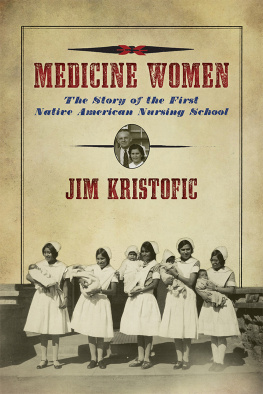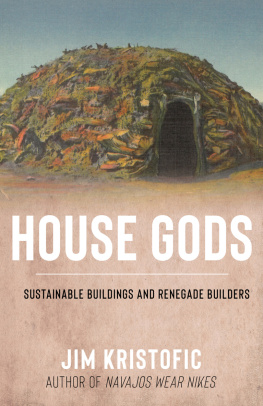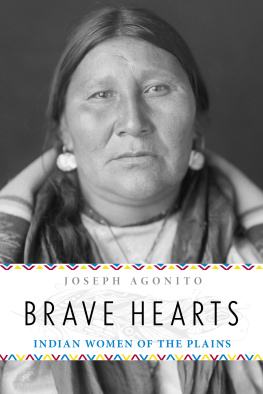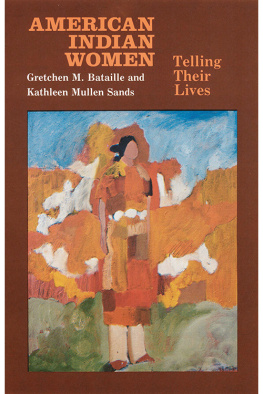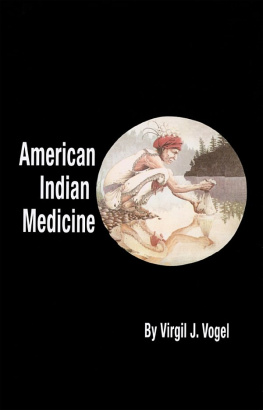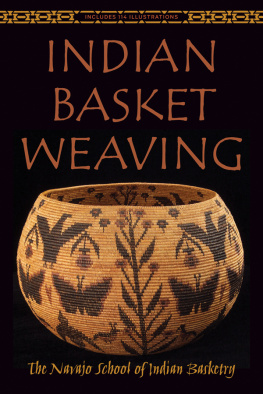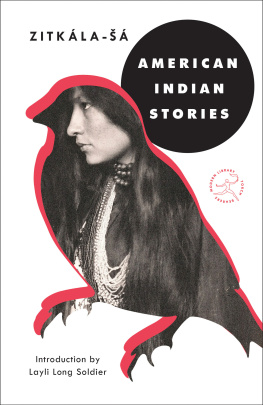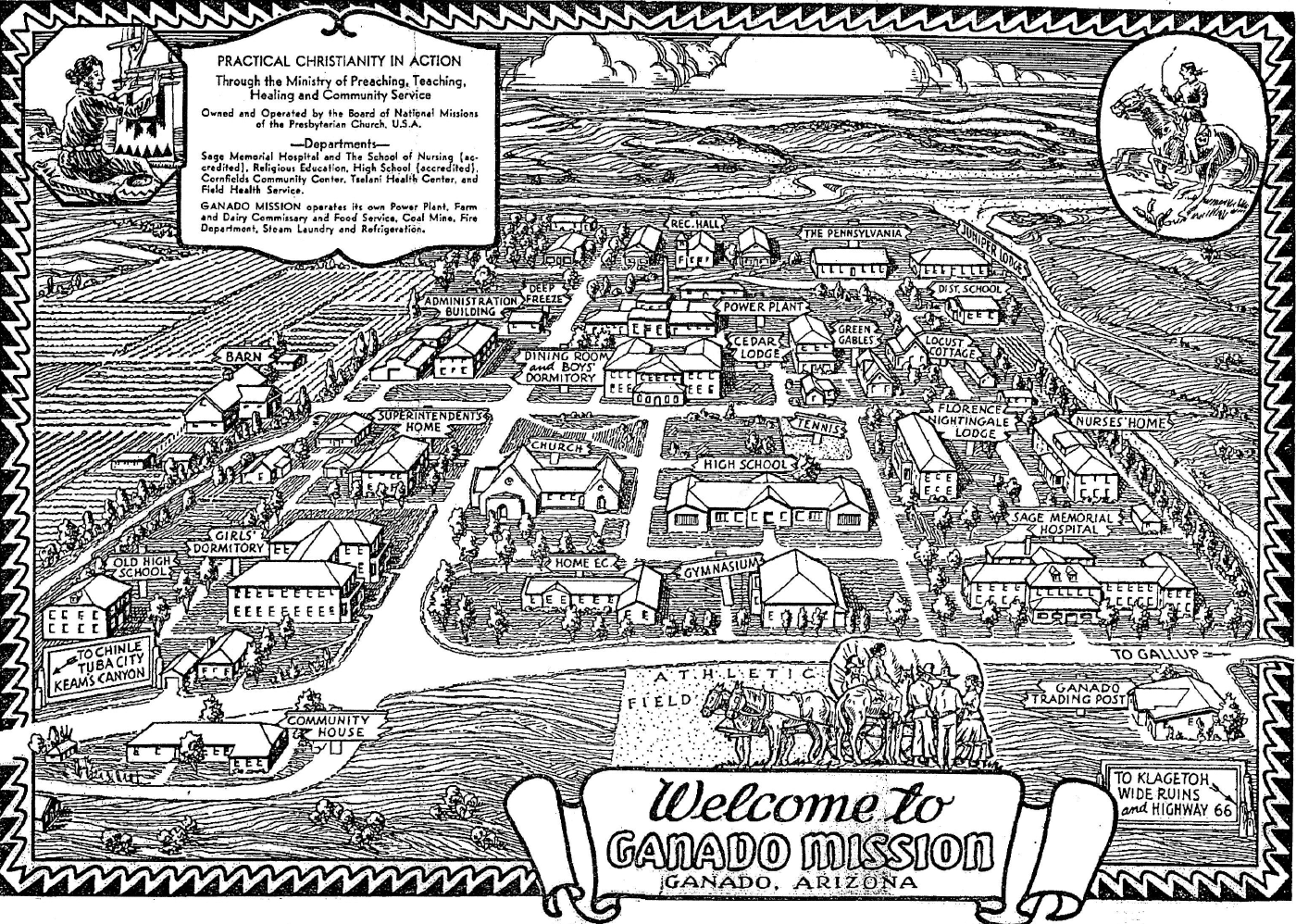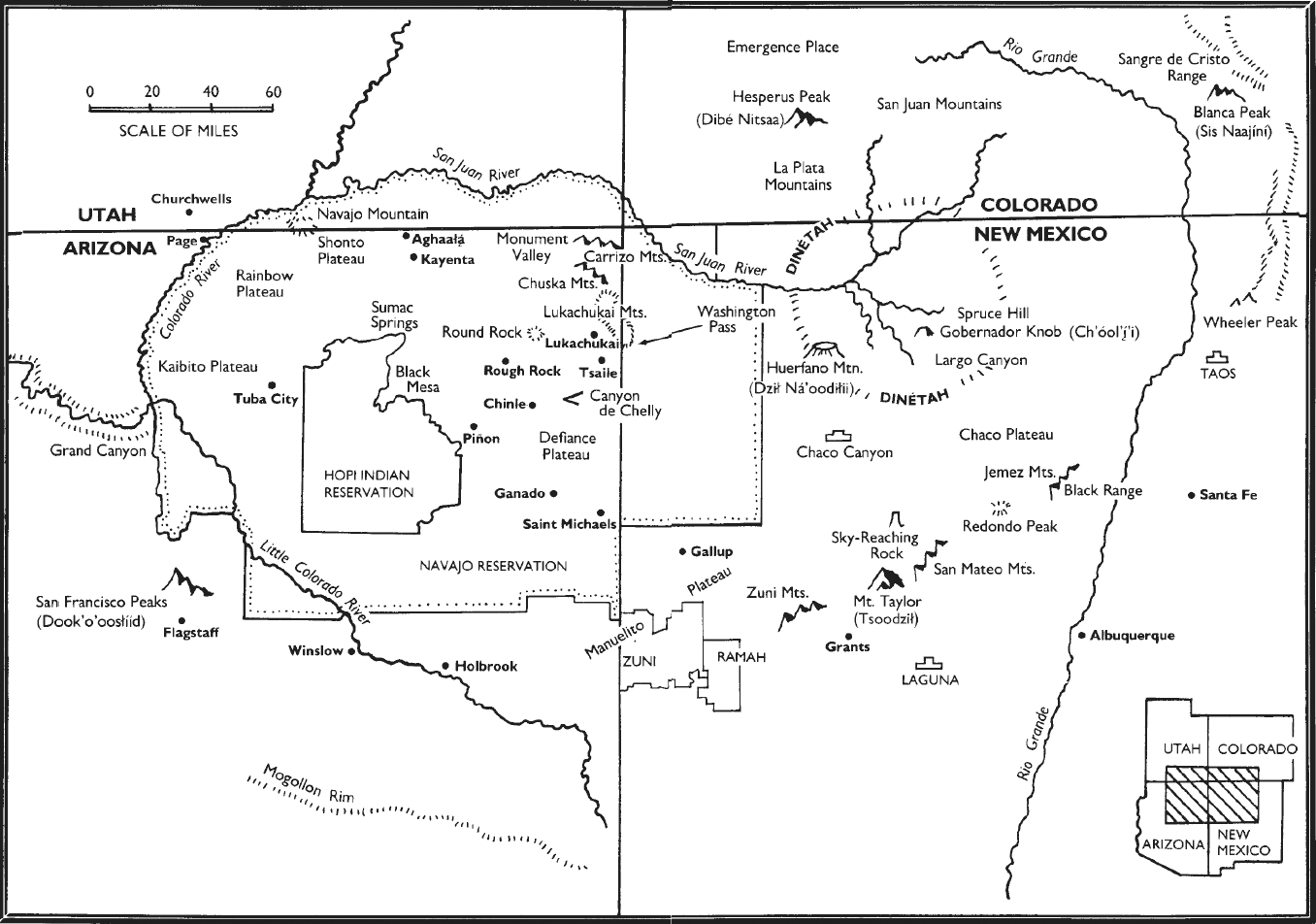MEDICINE WOMEN
The Story of the First Native American Nursing School
Jim Kristofic
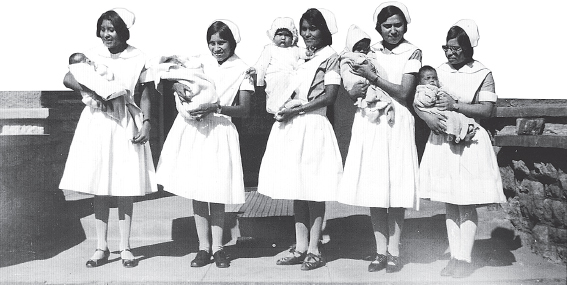
UNIVERSITY OF NEW MEXICO PRESS | ALBUQUERQUE
Map of Ganado Mission, circa 1950.
2019 by Jim Kristofic
All rights reserved. Published 2019
Printed in the United States of America
Names: Kristofic, Jim, 1982 author.
Title: Medicine women: the story of the first Native American nursing school / Jim Kristofic.
Description: Albuquerque: University of New Mexico Press, 2019. | Includes bibliographical references and index. |
Identifiers: LCCN 2019001526 (print) | LCCN 2019005109 (e-book) | ISBN 9780826360687 (e-book) | ISBN 9780826360670 (pbk.: alk. paper)
Subjects: LCSH: Sage Memorial Hospital (Ganado, Ariz.). School of NursingHistory. | Nursing schoolsArizonaGanadoHistory. | Indian nursesArizonaGanadoHistory. | Navajo womenEducationArizonaGanadoHistory. | Navajo IndiansMedical careArizonaGanadoHistory. | Ganado Mission (Ganado, Ariz.)History.
Classification: LCC RT80.A62 (e-book) | LCC RT80.A62 K75 2019 (print) | DDC 610.73071/179137dc23
LC record available at https://lccn.loc.gov/2019001526
Cover photographs courtesy of the Menaul Historical Library of the Southwest
Designed by Lila Romero
To the Ganado Mission staff aadoo Din Lkaahnteeld. And for all the nursing students who walked in beauty at Ganado Mission, especially the ones I was never able to meet.
CONTENTS
Map courtesy of the University of New Mexico Press.
ACKNOWLEDGMENTS
Youre reading this book because enough people thought it would be a good idea and supported it. And so I thank them for helping me to think and write about a place and a people who have given so much to the world.
Thanks to Mom, who gave me life and taught me to read.
Thanks to Dad, who taught me that nothing happens overnight. And thanks to all my relatives for their incredible support and loyal kindness. May I repay it in full some day.
Thanks to Dr. Charles Kupfer and Dr. John Haddad for their early support of my initial research.
Thanks to my brother, Darren, for being my best friend and my worst enemy. I love you, bro. Thanks to my younger sister, Adjabah, and brother, Paden, for being people who Ive always admired. And who I still admire today.
Thanks to Nolan, for being a good model of what a cunning, funny, hard-working man can be. I admire you.
Thanks to all my friends and extended family in Ganado, who gave me a chance and who taught me to live the braver life.
I couldnt have written this book without resources taken from the Menaul Historical Library and the Arizona Historical Society. Particular thanks to Nona Browne and Barbara Anderson, both wise women, who guided the manuscript in its final stages.
So much thanks to Martha Blue, Ed Chamberlain, Kathy Tabaha, and David Brugge, whose expertise helped me see around corners and whose wisdom helped this book grow toward a greater sense of meaning. Thanks to Ailema Benally, Chris Lana, Lyn Carranza, and Tina Lowe at the Hubbell Trading Post National Historic Site, who have inspired and encouraged me during the research of this book.
To those whove agreed to talk about Ganado Mission during the oral history interviews for the Di Lkaahnteel Bahane project, I cant express my gratitude or admiration enough. Dii ayoo baaheeh nisin.
The staff at the Presbyterian Church (USA), the Presbytery of the Grand Canyon, and the Presbyterian Historical Society in Philadelphia deserve the best blessings I can offer. They treated me with the utmost respect and kindness as I slogged my way through unarchived Ganado Mission files in the library on Lombard Street in Society Hill. I thank them immeasurably for taking a chance on my Ganado Mission research. Many thanks to Kenneth Moe, who took great pains to edit and correct multiple errors.
My thanks to the staff at Hubbell Trading Post National Historic Site, who welcomed me so graciously and allowed me a peek into the rough-and-tumble Western world of traders and missionaries, a world that people should never forget.
Ken Douthitt is a man of great spirit. There are no words to thank him for his high expectations, clever mind, and tireless work ethic. His project to preserve Ganado Mission history is a true labor of love and a collection of feats to be admired. He was also an invaluable editor of this book.
A great thanks goes to executive editor Clark Whitehorn and the University of New Mexico Press for taking a chance on this book. I also thank the anonymous reviewers for their input. And to the people who live in Ganado, Arizona: I envy you. You live in the most beautiful, terrible, and wonderful place on earth.
Foreword | GHOSTS IN THE GRAVEYARD |
In the summer of 2006, I traveled to Ganado, Arizona, to interview people who had worked and studied and lived at Ganado Mission, what had once been a pioneering health-care institution on the Navajo Reservation and had been the home to Sage Memorial Hospital and the first Native American nursing school.
When it was over, I started the dozen-year walk that led to this book. I did this for three reasons.
One: I believe in ghosts. The intensity of human life travels forward through time and space, from past to present. I believe that life leaves behind the traces of those earnest effortsthose ghostsin boxes upon boxes of documents, in letters, in reports, in brochures, in yearbooks, in newsletters, and in photographs, all strung out over thousands of miles at different libraries, archives, museums, and repositories. I have used all of them to bring these stories to you in this book.
Two: After a four-hour interview with a niece of one of the Sage Memorial nurses, I took a walk up to the old cemetery on the hill above the mission. The cool breeze tapped the grama grass against the prickly pear cactus, and the green cottonwoods spangled and shimmered in the wash running past the mission campus. I used to come up to this cemetery to catch naashii dichzhii (horned toads). We would pick them up carefully, call them our chei (grandfather), give them a kiss on the back, and let them go back to eating ants on the small hills between tombstones.
That day I was there to pay respect to the graves of the Ganado Mission teachers and workers. Some sandstone grave markers had been etched to near-anonymity by wind and time. Some were so well-tended that the graves could have been dug just a week before.
I walked along the western fence. Thats where I found the stakes.
Aluminum stakes as long as my hand lay in a pile as though someone had walked along the property and tossed them aside. Each stake was capped with a tin plate the size of a playing card. Small type at the bottom of the plate read that it had been provided by a mortuary in Gallup.

